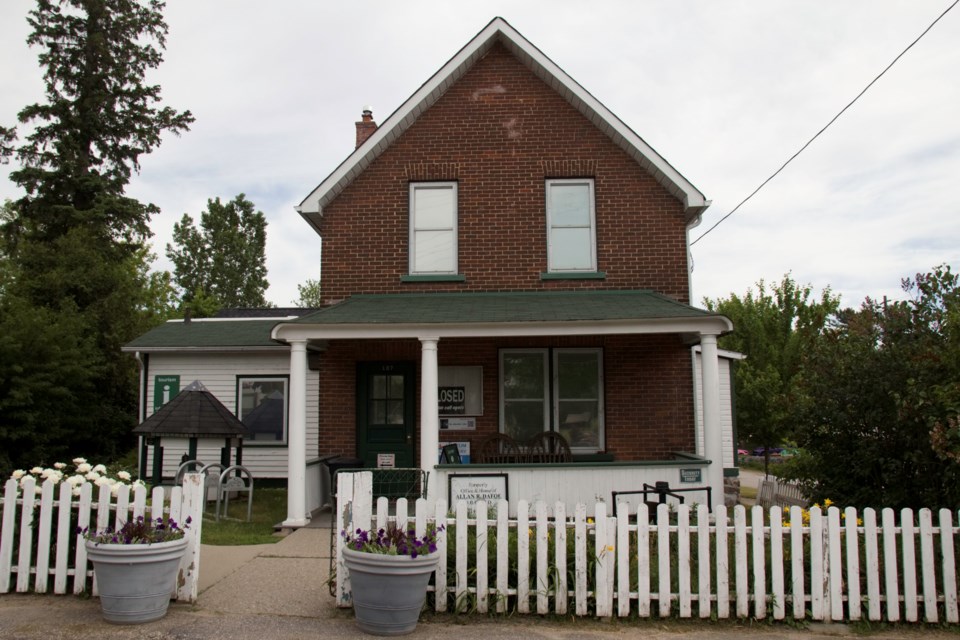The Callander Bay Heritage Museum is putting the past online, as curator Natasha Wiatr and staff have been busy digitizing and uploading the museum’s catalogue. Currently, the online archive has over 800 photos, objects, archives, and library records to browse at callander.pastperfectonline.com.
“We have about 10,000 records at the museum,” Wiatr explained, and sorting through has occupied much of her time over the past years. Not all records will be posted, she added, as “I have to vet them all to make sure there is no private information such as donor information” that is not to be made public.
However, there are still many more postings to come, as Wiatr plans for weekly updates to the digital archive and will spread the word of new additions through the museum’s newsletter. Each item posted has a photo, a catalogue number, the object’s name, and a brief description.
There is also an option via the archive to contact the museum to have a photo reproduced, which comes in handy for researchers, historians, or relatives of those who have personal objects in the museum. “I’m making sure that the photos I’m putting up are not protected under copyright,” Wiatr emphasized.
Documents and photos are scanned “at a very high resolution,” and objects are photographed inside a light box to create higher quality images of the pieces, as opposed to simply shooting them on the shelf.
Opening the archives to the world might cause some concern about museum attendance, but Wiatr is not worried. For her, the digital archive creates more opportunity for history buffs to explore what the museum has to offer.
The museum also offers a virtual tour of the space on its website, “so not only can they look at our objects online, but they can also walk through our museum online.”
“We all know what the Mona Lisa looks like,” Wiatr said, “but if we can, we’re going to try to visit it in person.” Plus, the online previews of the museum’s holdings “can entice people more” to stop by and view the real deal.
Wiatr noted that “one of the biggest misconceptions about our museum, is that it looks so small from the outside,” and the virtual tour allows people to see it’s much bigger than it looks from the street at 107 Lansdowne in downtown Callander.
The museum receives a lot of research requests, many from local families searching for information on a great relative or someone who’s working on a new book on the Dionne quintuplets. A digital archive makes it easier for people to find their own answers.
See: Maine family donates stunning Dionne Quints collection to Callander’s museum
Many museum members are based south of the border, and these American members – “many of them quintuplet collectors” – are not able to visit frequently, “so this gives them the opportunity to visit the museum that they support and, in some cases, to see the objects that they have donated.”
“There are a lot of positives for this,” Wiatr said.
David Briggs is a Local Journalism Initiative reporter who works out of BayToday, a publication of Village Media. The Local Journalism Initiative is funded by the Government of Canada.



